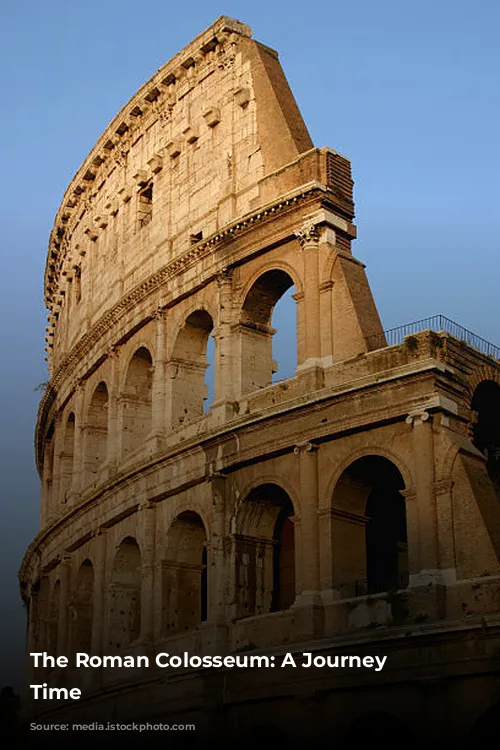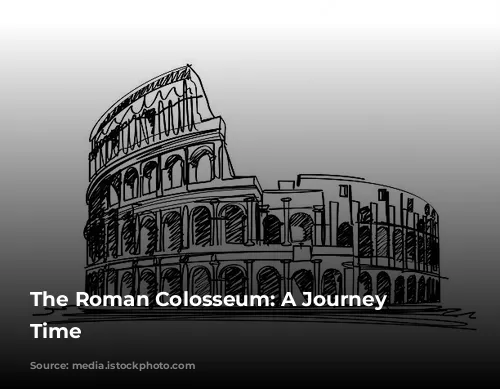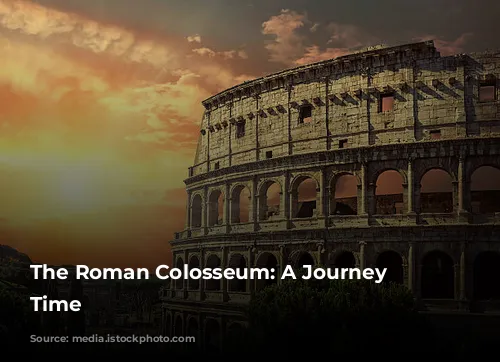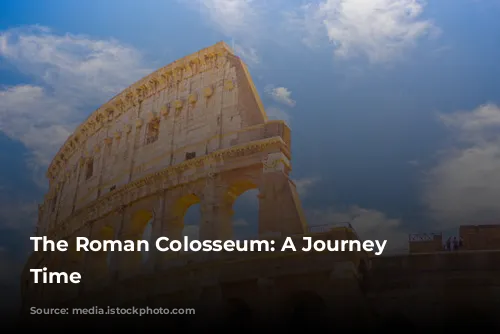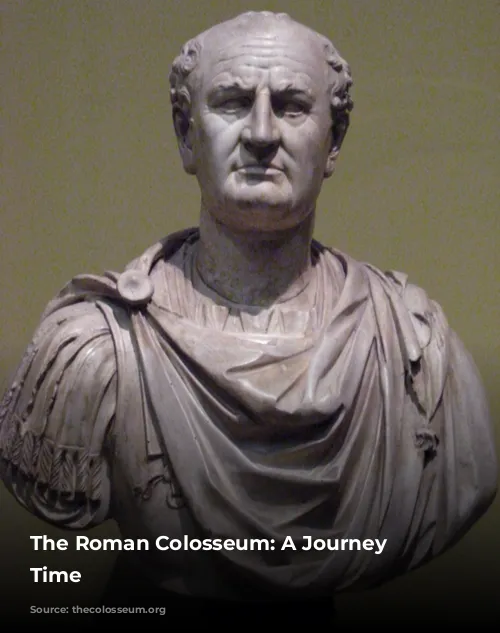Prepare to be amazed! The Roman Colosseum, a monumental symbol of ancient Rome, boasts a history spanning almost two millennia. This iconic arena has witnessed some of the most thrilling and brutal events in history, leaving an indelible mark on the world. Get ready to delve into the captivating story of the Colosseum and uncover its hidden secrets.
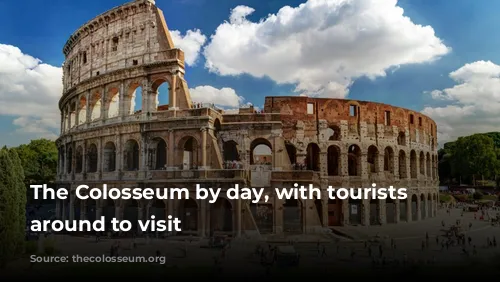
Construction and Origins: A Legacy Built on Blood and Stone
Ever wondered how the Colosseum came to be? The construction of this architectural marvel began in 72 AD under the reign of Emperor Vespasian. It was a tribute to Roman power and a symbol of their architectural prowess. Though Vespasian passed away before its completion, his sons, Titus and Domitian, carried on his legacy, ensuring its completion in 80 AD.
Behind the scenes, a vast workforce of Jewish slaves, captured after the first Jewish-Roman war, toiled tirelessly to bring the Colosseum to life. They were overseen by Roman engineers and craftsmen who skillfully shaped the arena’s grandeur.
The Colosseum’s grand design wasn’t born out of thin air. Emperor Nero’s extravagant palace, Domus Aurea, had been built in the same area after the Great Fire of 64 AD. However, the citizens of Rome were unhappy with this extravagant display of power and were relieved when Nero was overthrown. When Vespasian ascended the throne, he ordered the demolition of Nero’s palace and its replacement with the Colosseum, which was envisioned as a grand arena for entertainment for all Romans.
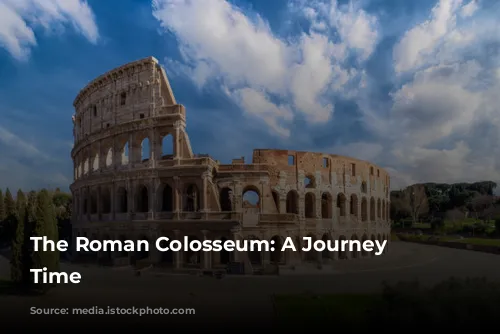
The Colosseum’s Name: A Tale of Power and Symbolism
The Colosseum’s name is a testament to its history. Initially, it was known as the Flavian Amphitheater, named after the Flavian dynasty of emperors who commissioned its construction. However, it later earned its current name, “Colosseum,” likely due to a colossal bronze statue of Emperor Nero that once stood beside it.
This statue was a replica of the Colossus of Rhodes, a magnificent bronze statue of the Greek god Helios, which was considered one of the Seven Wonders of the Ancient World. The Colosseum’s name, therefore, reflects its connection to these powerful symbols of authority and grandeur.
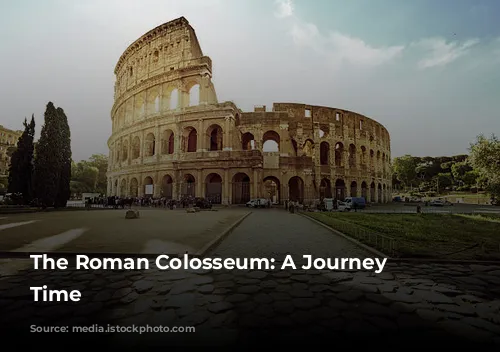
Dimensions and Architecture: A Monument to Engineering
The Colosseum is an impressive feat of engineering. It’s an oval-shaped structure measuring 189 meters long, 156 meters wide, and 48.5 meters tall. Its massive exterior boasts three levels adorned with Doric, Ionic, and Corinthian columns, each level featuring 80 arches.
These arches served a practical purpose: They provided guidance for citizens, allowing them to easily locate their seats. Sadly, only 31 of the original 80 arches at ground level remain intact, but these offer a glimpse into the Colosseum’s former glory.
To construct this architectural marvel, an estimated 100,000 cubic meters of travertine stone were quarried from Tivoli, 20 miles away. This durable stone was bound together by thousands of iron clamps, demonstrating the Romans’ mastery of construction techniques.
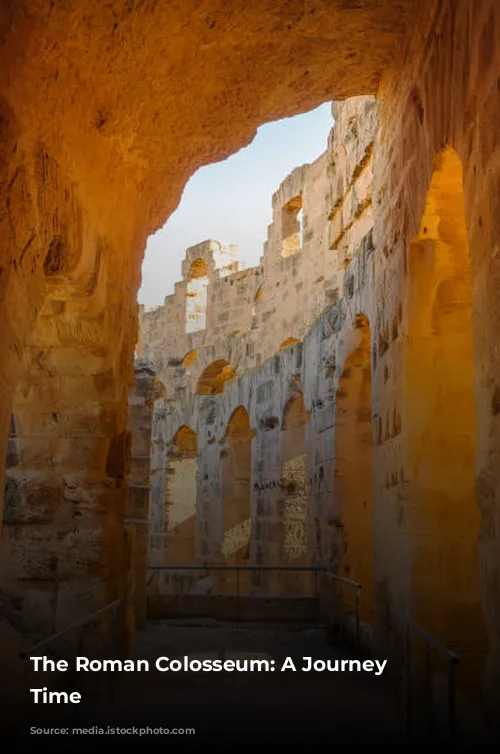
The Colosseum’s Underground: A World of Secrets
Beneath the Colosseum lies a fascinating network of tunnels and chambers called the Hypogeum. This underground labyrinth served as a holding area for gladiators, animals, and prisoners before they entered the arena.
A network of 80 vertical shafts connected the Hypogeum to the arena, allowing for swift and dramatic entrances for both gladiators and animals. Trap doors were strategically placed, allowing for the deployment of scenery elements and creating dramatic effects during various spectacles.
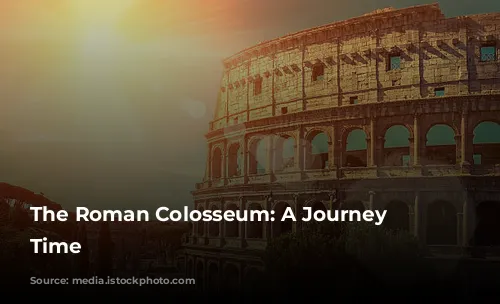
The Colosseum’s Capacity: A Sea of Faces
The Colosseum could accommodate an astonishing number of spectators. It had a seating capacity of between 50,000 and 80,000 people, showcasing the Romans’ desire for large-scale entertainment.
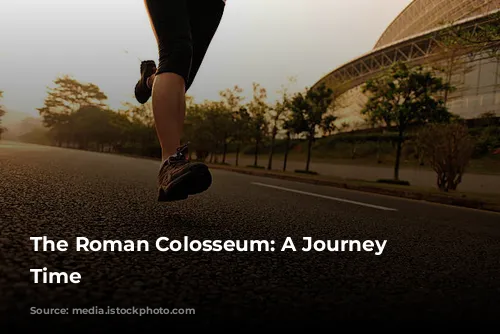
The Colosseum’s Dark Side: A Legacy of Blood and Violence
The Colosseum was a stage for gladiatorial combat, brutal hunts, and executions. It’s estimated that as many as 400,000 people perished in the arena over its 350 years of use.
The Colosseum was a hub for gladiatorial fights, where skilled warriors, often former soldiers or prisoners, engaged in brutal battles. These gladiators, categorized based on their fighting styles and experience, entertained vast crowds with their bravery and skill.
The Colosseum was also the stage for hunts, where wild animals, including lions, tigers, bears, elephants, and even giraffes, were pitted against humans in a deadly dance of survival.
Executions, often gruesome and public, were also carried out in the arena, with criminals and political prisoners facing their fate before a sea of spectators.
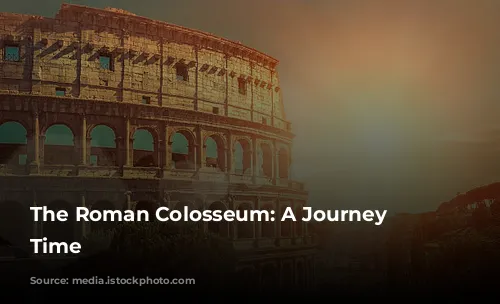
The Colosseum’s Animal Encounters: A Bloodbath of Epic Proportions
The Colosseum’s animal encounters were a spectacle of both awe and horror. Animals, captured from all corners of the Roman Empire, were used in hunts and executions.
While the exact number of animals killed remains a mystery, it’s believed to be in the millions, with the Colosseum potentially driving some species to extinction in nearby regions.
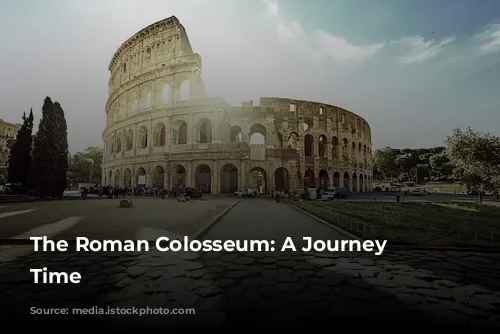
The Colosseum’s Spectacles: A Mosaic of Entertainment
The Colosseum was not solely a stage for gladiatorial combat and hunts. It also hosted naumachia, staged naval battles, where the arena was flooded to create a watery spectacle. These events, though rare, provided another form of entertainment for the masses.
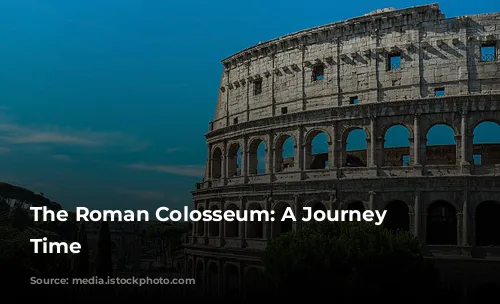
The Colosseum’s Legacy: A Lasting Impression on History
The Colosseum’s influence extends far beyond its physical presence. It’s a symbol of Roman power, engineering, and entertainment, and it continues to fascinate and inspire people across the globe.
Though gladiatorial combat ceased in the 5th century, the Colosseum’s story doesn’t end there. It has served various purposes throughout history, including a cemetery, a place of worship, and even a fortified castle.
Today, the Colosseum stands as one of the most visited landmarks in the world, attracting over 7 million visitors annually. It’s a testament to the enduring power of history and a reminder of the grandeur of ancient Rome.
